Maasai Mara National Reserve - Travel Guide, Affordable Deals & More
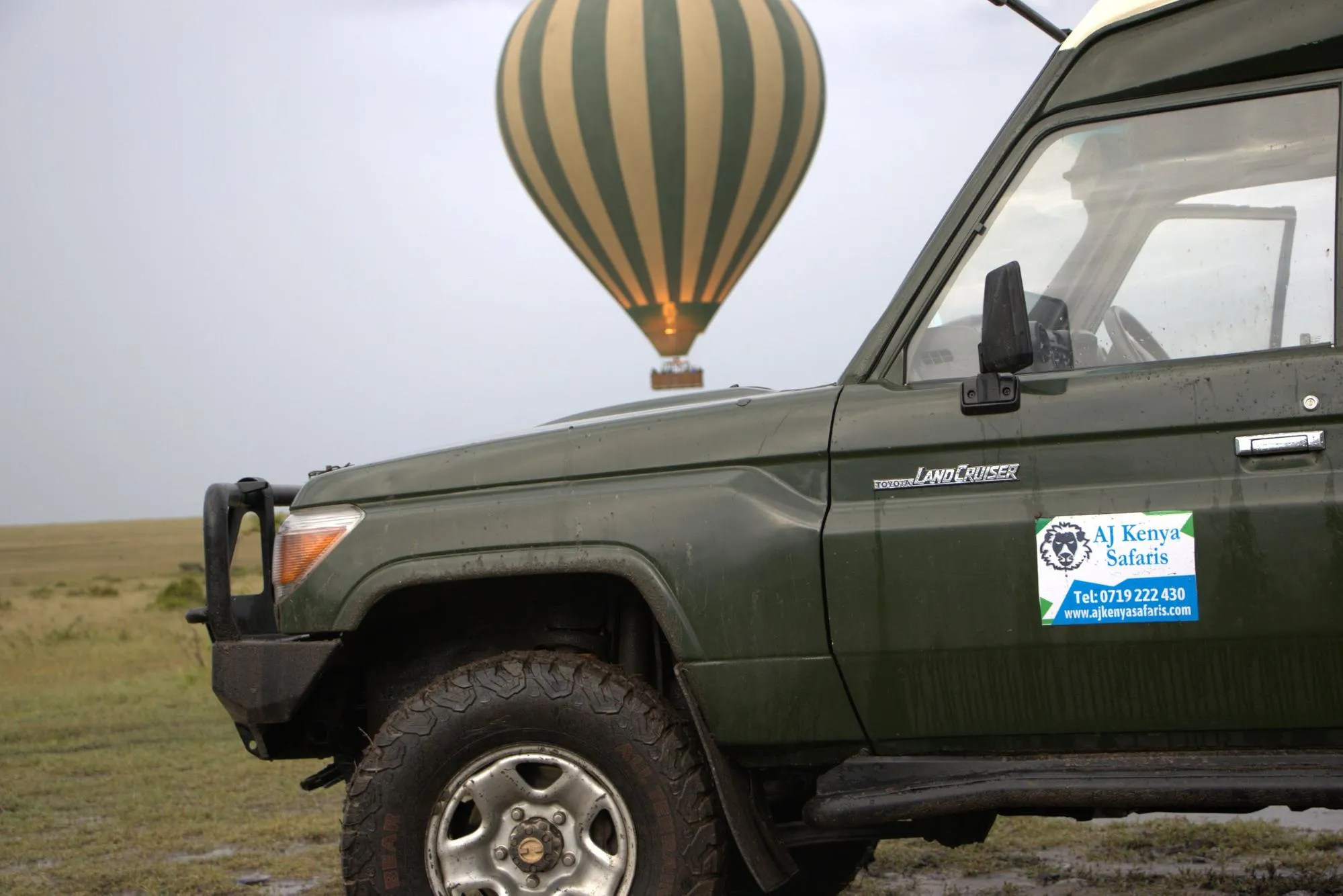
Dubbed as the home of rolling hills, golden grasslands, endless skies, and a multitude of flora and fauna, the Maasai Mara National Reserve is one of the world’s most stunning and charismatic parks. The park also plays host to the Great Migration, which is the single-largest animal migration on the planet.
In this blog post, we tell you why the Masai Mara stands out as a top wildlife sanctuary in Kenya. From the kind of wildlife you’ll find in this park to its vegetation, accommodations, and activities, you’ll find it all here.
But First, Take a Look at Some of Our Most Booked Masai Mara Safaris
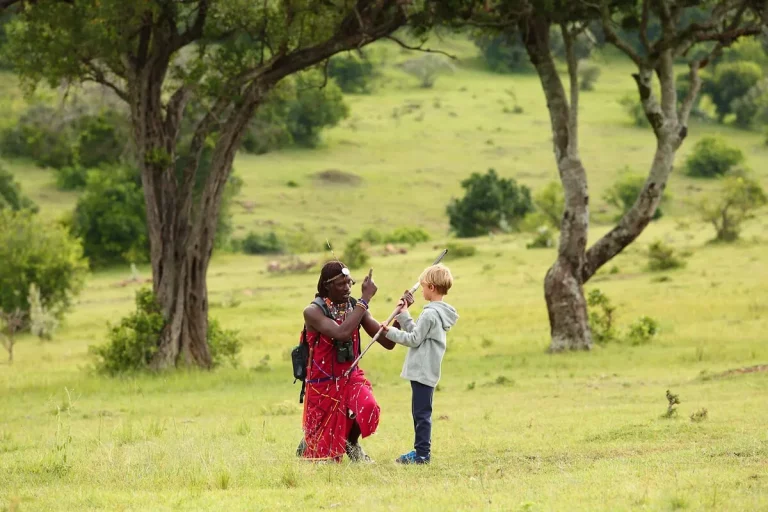
10 Day Kenya Classic Safari
From £6113
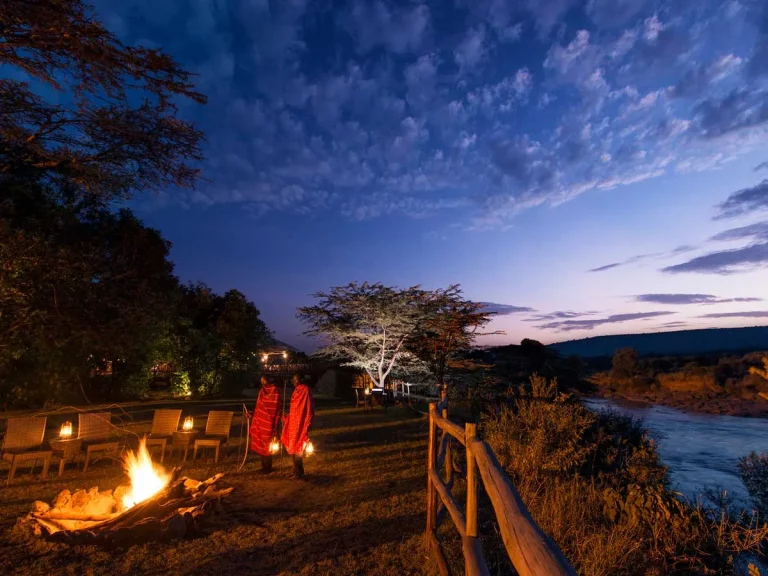
3-Days Safari with a Stay at Jambo Mara Safari Lodge
From £718
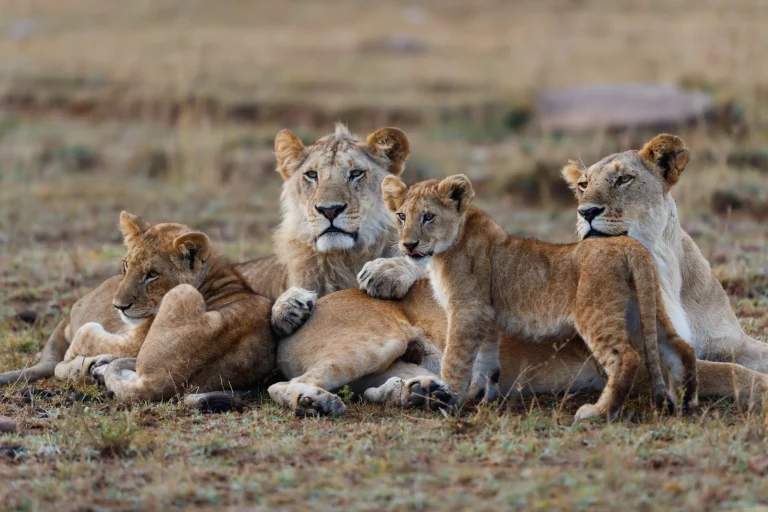
Kenya Itinerary 10 Days. OlPejeta-Samburu-Masai Mara
From £3650
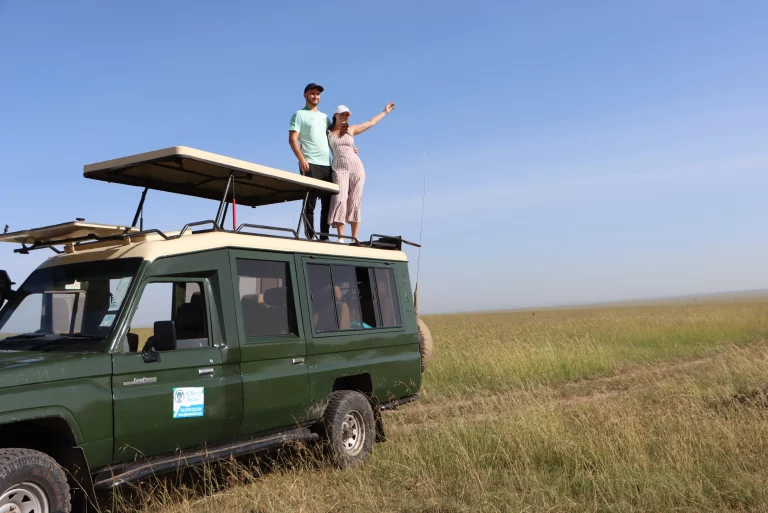
Blissful, 4-Day Keekorok Lodge Masai Mara Safari
From £1024
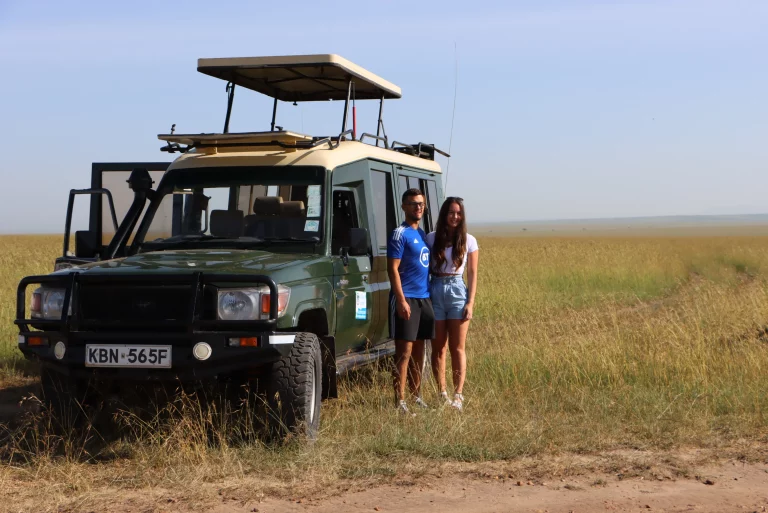
Just the Vacation You Need - 4 Days at Base Camp Masai Mara
From £933
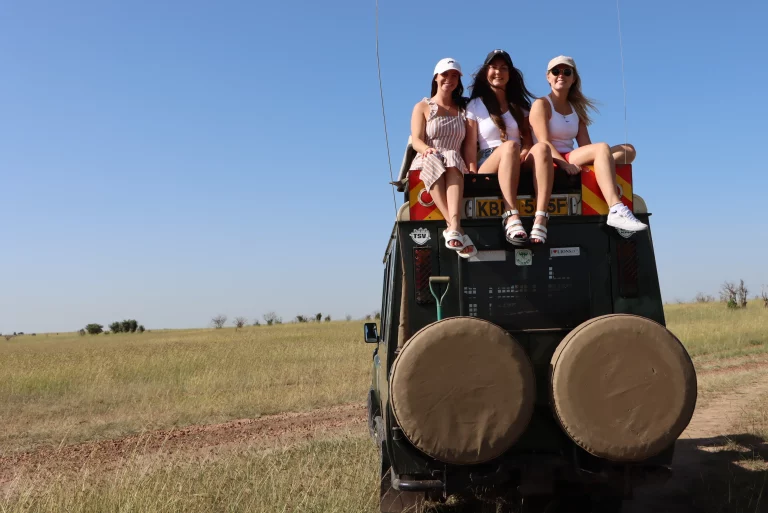
Masai Mara: Why this 5-Day Big 5 Safari is the Perfect Honeymoon
From £1178

Experience True Safari Luxury with this 3-Day Masai Mara Classic Safari
From £645
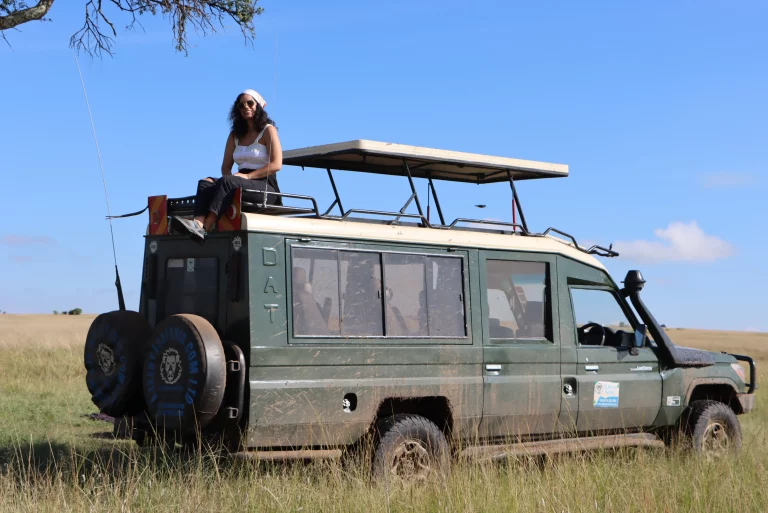
Unforgettable, 4-Day Trip to Masai Mara - Big 5 and More
From £889
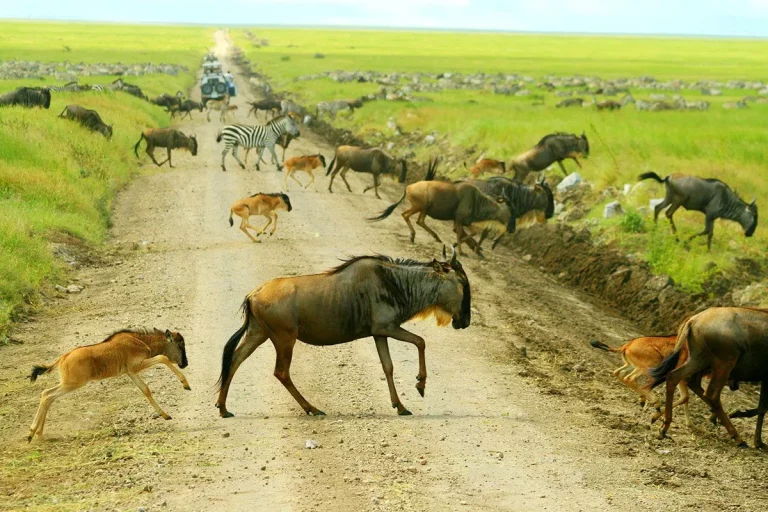
Our Best Selling, 5-Day Masai Mara Safari
From £1084
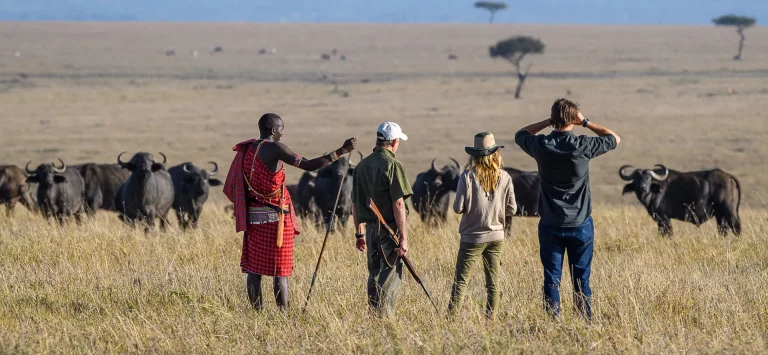
4 Days Big 5 Safari in Lake Nakuru and Masai Mara
From £1042
And Here’s Where to Reach Us to Book Your Masai Mara Safari
To book a Masai Mara safari, you can call or WhatsApp us at +254-704-532-105 or
+254-719-222-430 or send us an email at safarioffers@kenyaluxurysafari.co.uk, safarioffers@ajkenyasafaris.com, or james@ajkenyasafaris.com
Executive Summary
- The Maasai Mara National Reserve is known for its diverse range of wildlife species such as the ‘Big Nine’ and the Big Five. It is also known for its picturesque landscapes including open savannahs, pristine riverine forests, and the Oloololo Escarpment.
- The Mara offers unique wildlife experiences like the Great Migration. It is also famous for sightings of big cats and other key predators, adding to its status as a top destination for safaris.
- The Maasai culture and community are integral to the Maasai Mara, both in terms of cultural tourism and their active role in wildlife conservation initiatives.
Video Overview: Masai Mara National Reserve
Exploring Maasai Mara National Reserve
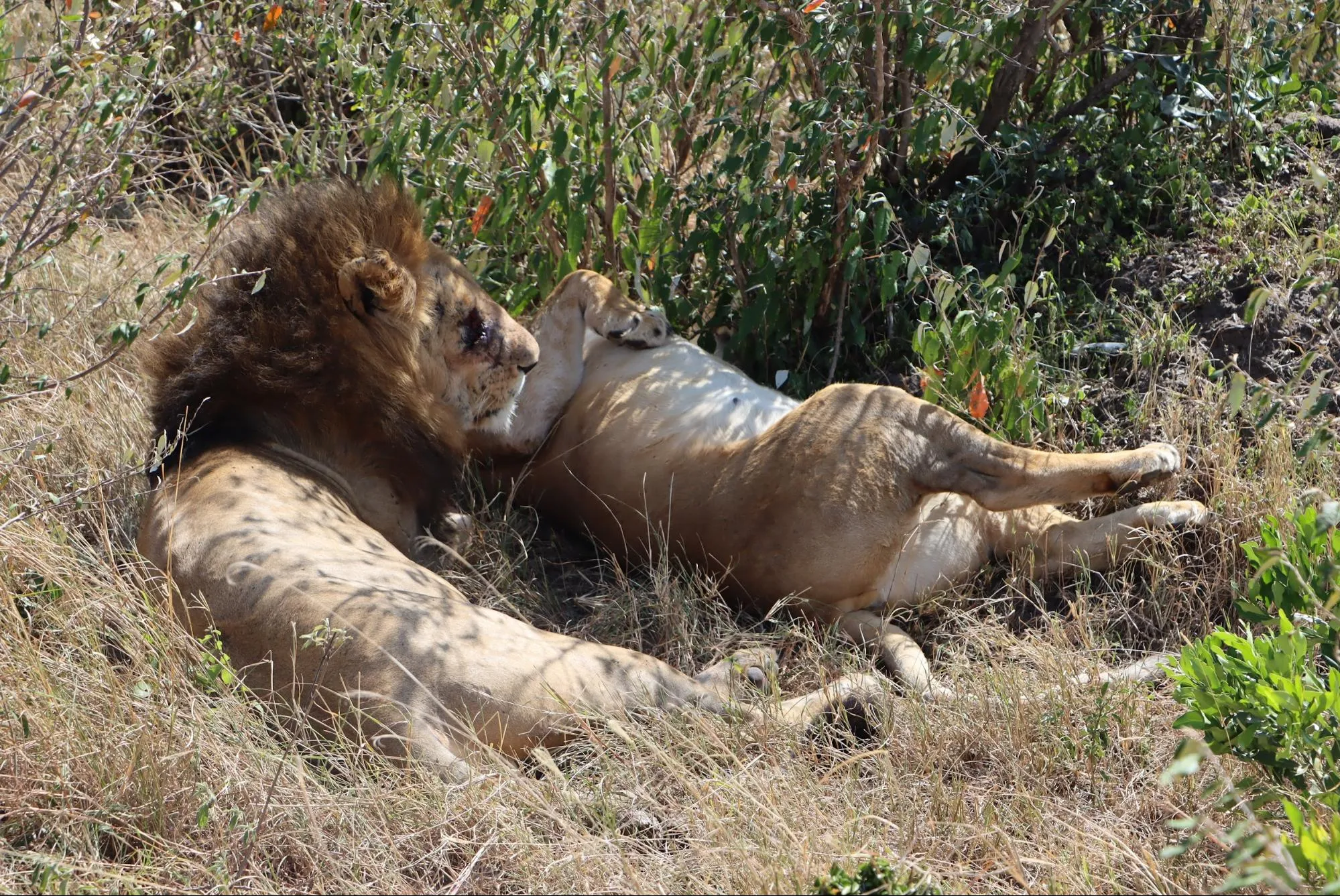
The Maasai Mara National Reserve stretches across a vast area of 1,510 km2 (including the Mara Triangle. Its location in southwest Kenya gives it an elevation range between 1500- 2180m, adding a unique touch to its diverse landscape. The reserve’s ambiance is defined by its open savannah grasslands dotted with scattered acacia trees, creating a picturesque backdrop for the abundant wildlife that calls this reserve home.
As you explore the Maasai Mara, you’ll notice that it’s not just the vast plains that make up this reserve. Major rivers such as the Sand River, Talek River, and Mara River drain the land, contributing to its geographic diversity. These water bodies support the reserve’s ecosystems, providing a lifeline for the wildlife that populates its landscapes.
The management of this magnificent reserve is a collaborative effort between the Narok County Council, the Trans Mara County Council, and the Mara Conservancy. They oversee the reserve’s daily operations, ensuring sustainable practices that contribute to the preservation of this wildlife haven. A ten-year Management Plan has been developed for Maasai Mara, addressing environmental issues and promoting a synergistic approach to the entire Great Masai Mara ecosystem, including the Mara North Conservancy.
The Mara-Serengeti Ecosystem
The Masai Mara National Park is strategically positioned in South West Kenya, adjacent to Tanzania’s Serengeti National Park, in the heart of East Africa. This unique location facilitates the transboundary movement of wildlife, creating a vibrant and dynamic ecosystem that extends beyond the borders of the reserve.
Encompassing approximately 25,000 square kilometers, the Mara-Serengeti ecosystem is one of Africa’s largest and most ancient ecosystems. Its importance cannot be overstated as it is crucial for the preservation of diverse wildlife populations, including migratory species. This ecosystem represents a vital lifeline for the wildlife that relies on its resources for survival, making it a focal point for conservation efforts.
Endless Plains and Riverine Forests
The endless plains of the Maasai Mara are iconic, to say the least. These vast, open savannahs are dotted with flat-topped acacia trees, providing an awe-inspiring landscape that supports a rich diversity of wild animals. As you traverse these plains, you’ll experience the true essence of an African safari, complete with encounters with some of the continent’s most iconic wildlife species including;
- Lions
- large herds of Elephants
- Giraffes
- Zebras
- Wildebeests
- Cheetahs
- Hippos
- Rhinos, both white and black rhinos
- Buffalos
- Hyenas
Contrasting the savannahs are the dense, lush riverine forests that line the Mara River. These forests provide a different shade of the Maasai Mara, a stark contrast to the surrounding plains with their rich foliage and varied ecosystems. They serve as a crucial habitat for numerous bird and animal species, adding to the reserve’s diverse wildlife population.
Rising abruptly from the savannah, the Oloololo Escarpment forms the western boundary of the reserve, offering sweeping panoramic views of the plains below, adding to the reserve’s breathtaking and varied topography.
Wildlife Encounters

The Maasai Mara National Reserve is a wildlife enthusiast’s dream. Home to more than 450 bird species and over 90 mammal species, the reserve showcases a diverse wildlife population that leaves visitors in awe. From the powerful predators to the graceful gazelles, every encounter is a story waiting to be told.
In the Maasai Mara, visitors can discover the ‘Big Nine’, which encompasses:
- Lions
- Leopards
- Elephants
- Buffalos
- Rhinos
- Giraffes
- Cheetahs
- Hippos
- Zebras
These iconic animals are a testament to the rich biodiversity of the wildlife sanctuary, offering guests numerous opportunities to capture memorable wildlife experiences.
But the wildlife of Maasai Mara extends beyond the ‘Big Nine’. It also includes less commonly known species such as:
- Kirk’s dik-dik
- Klipspringer
- Olive baboon
- Oribi
- Pangolin
- Side-striped jackal
- Slender mongoose
- Spotted hyena
- Springhare
- Straw-colored fruit bat
- Thomson’s gazelle
- Topi
- Vervet monkey
- Warthog
- Waterbuck
These species, while perhaps not as famous as the ‘Big Nine’, contribute to the rich tapestry of life that unfolds daily in the Maasai Mara.
The Great Migration
Each year, the Maasai Mara plays host to one of the most awe-inspiring spectacles in the natural world – The annual Wildebeest Migration. This annual phenomenon sees over a million wildebeest crossing the Mara River, a scene that contributes to the Maasai Mara being recognized as one of the Seven Natural Wonders of Africa.
The Migration takes place from August to November each year, transforming the Maasai Mara into a stage where the struggle for survival unfolds in its most primal form. The sight of countless wildebeest thundering across the plains and rivers, braving threats from predators and the elements, is a truly once-in-a-lifetime experience that leaves a lasting impression on all who witness it.
Big Cats and Other Predators
Did you know that part of the Big Cat Diary was filmed in the Masai Mara? Well, this comes as no surprise since the park is renowned for its remarkable sightings of big cats. Lions, leopards, and cheetahs roam the savannahs, offering visitors the chance to witness these majestic animals in their natural element. Their power, grace, and raw beauty are the stuff of legends, making them a highlight for many wildlife enthusiasts.
The reserve is also a habitat for other key predators such as spotted hyenas, East African cheetahs, and African wild dogs. Each of these predators plays a crucial role in maintaining the balance of the ecosystem, acting as nature’s population control. Witnessing these predators in action, whether it’s a cheetah in full sprint or a hyena on the hunt, offers a thrilling and unforgettable safari experience.
Experiencing Maasai Culture
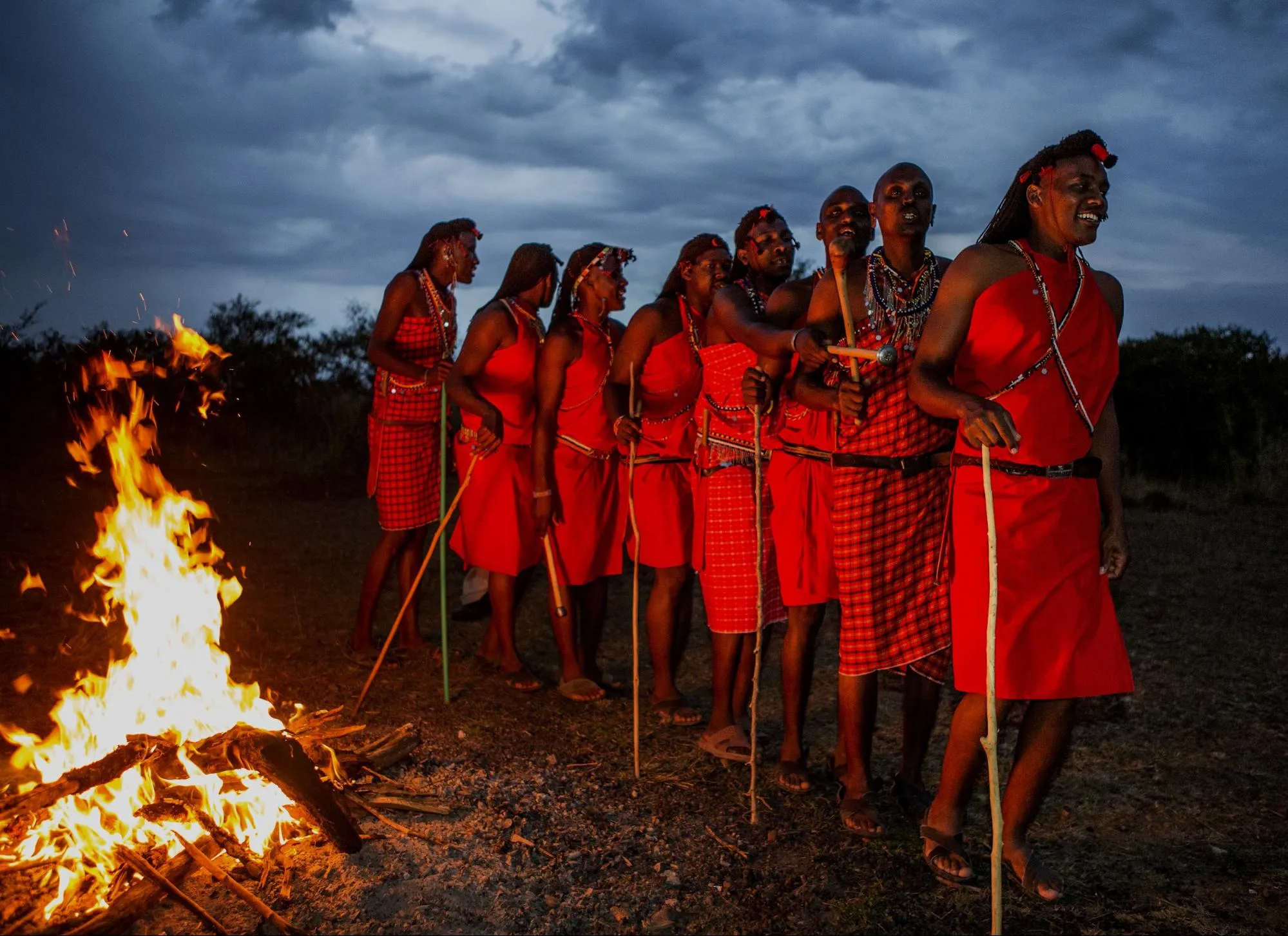
The Maasai culture is an integral part of the Maasai Mara experience. Known for their resistance to modernization, the Masai people are ancestral inhabitants of the park who have maintained their traditional beliefs and lifestyles.
The establishment of the reserve as a protected area for wildlife and wilderness resulted in the displacement of the Maasai from their native lands. As a result, they had to shift their way of life, with many Maasais transitioning to become expert safari guides and camp managers. This shift enabled them to continue living in harmony with nature while also contributing to the conservation efforts in the reserve.
Visitors have the opportunity to learn about the Maasai culture, their traditional practices, and their role in the conservation of the reserve. It’s a chance to understand the symbiotic relationship between man and nature, and the importance of preserving it for future generations.
Maasai Warriors and Traditional Practices
The Maasai warriors are an iconic symbol of the Maasai culture. They are known for:
- Their distinctive attire, which includes red or blue shuka clothes
- Often carrying a wooden stick for ceremonies
- Carrying a spear to exemplify their role as protectors
Cultural expressions among the Maasai tribe are rich and vibrant. The colorful Shúkà clothing, communal singing and dancing, and important coming-of-age ceremonies play a significant part in their cultural identity. These practices offer a glimpse into the rich tapestry of Maasai culture, providing visitors with an opportunity to understand and appreciate the traditions that have been passed down through generations.
Community Involvement and Conservation
Local Maasai communities play a vital role in wildlife conservation in the Maasai Mara. Through the leasing of their lands to safari operators, they actively participate in the protection of the wildlife that makes the reserve a unique destination.
The safari operators who lease this land practice sustainable tourism, supporting local community programs and contributing to the well-being of the Maasai people. However, the expansion of Maasai pastoral ranches and villages within the Conservation Area presents a conservation challenge that alters the habitat for wildlife. Balancing the needs of local communities with the needs of wildlife and the ecosystem is a delicate task that requires a collaborative and sustainable approach to conservation.
Unforgettable Safari Adventures
The Maasai Mara offers a variety of unforgettable safari adventures. From thrilling game drives that bring you face-to-face with the ‘Big Five’ to night safaris that offer a glimpse into the nocturnal life of the savannah, there’s an adventure to suit every wildlife enthusiast.
For visitors with specific interests, the Maasai Mara offers specialized safaris such as birdwatching tours, nature walks, and cultural visits to Maasai villages. These unique experiences enhance the understanding of the local traditions and the diverse wildlife that inhabits the reserve. Whether you’re a seasoned safari-goer or a first-time visitor, the Maasai Mara ensures an unforgettable experience for every budget.
Luxury Lodges and Camps
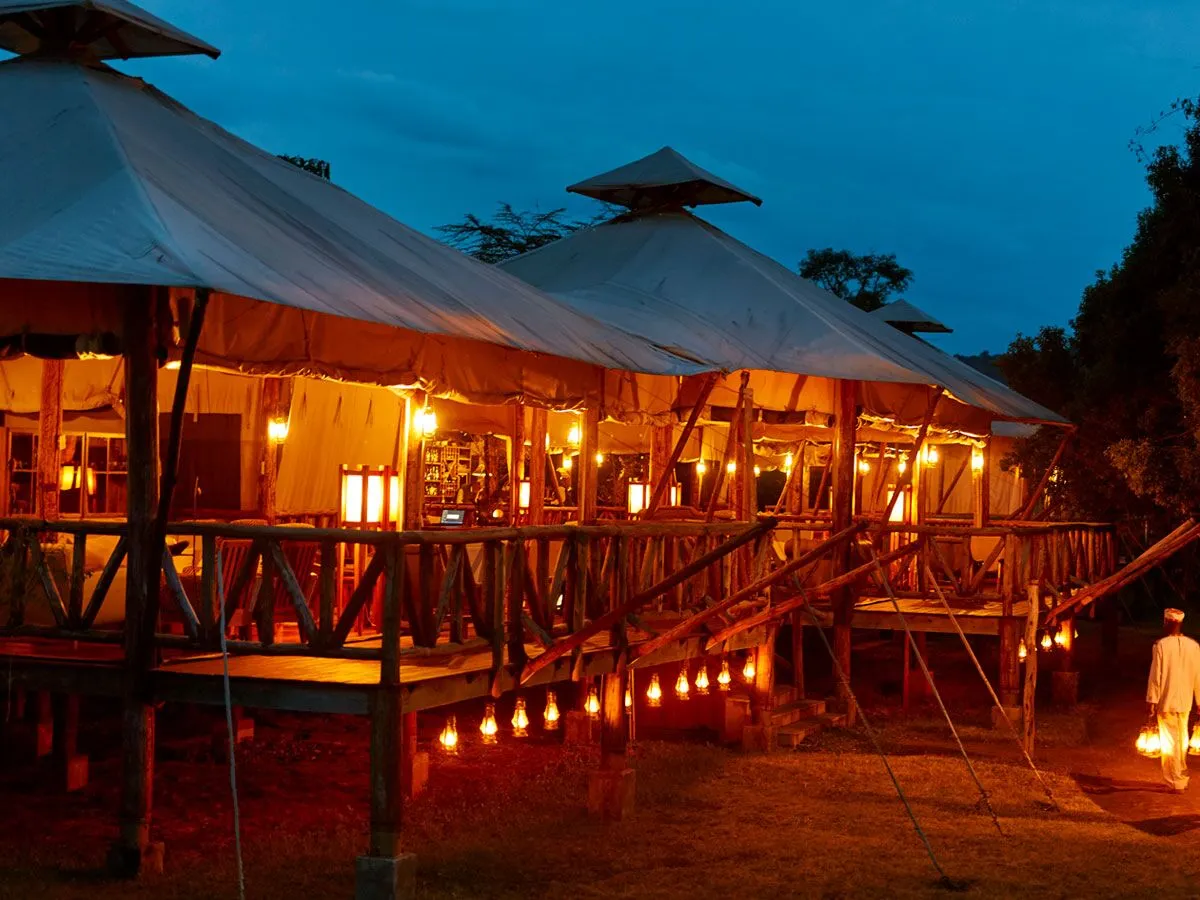
Accommodations in the Maasai Mara range from high-end luxury lodges to family-friendly tented camps. One perfect example of a high-end luxury lodge is the Kichwa Tembo Tented Camp, which is perched on the edge of the Oloololo escarpment, on the banks of the lush Saparingo River. With the lodge comes spectacular views of the African savannah, modern amenities, and impeccable customer service.
For those seeking a panoramic view of the Mara plains, the Angama Mara is the place to be. This luxury Masai Mara safari lodge not only offers stunning views but also chic interiors and exemplary dining experiences.
Other luxury safari lodges in Masai Mara include the Mara Plains Camp, andBeyond Bateleur Camp, Olare Mara Kempinski, Mara Sweet Acacia Lodge, the Maji Moto Eco Camp, and Mahali Muzuri.
Unique Activities
In addition to traditional game drives, the Maasai Mara Game Reserve offers a range of unique activities for an adventurous wildlife experience. For an aerial perspective of the reserve, guests can embark on a hot air balloon safari, which concludes with a champagne breakfast in the wilderness.
For a more intimate and ground-level exploration of the reserve, guided walking safaris provide a closer examination of the wildlife in its natural habitat. For an even more thrilling experience, horseback safaris allow guests to ride close to animals such as zebras and giraffes, offering a unique perspective on the wildlife of the Maasai Mara.
Capturing the Beauty of Maasai Mara
The Maasai Mara is a photographer’s dream. With its diverse wildlife and stunning landscapes, the reserve offers countless opportunities for capturing breathtaking images. The ‘golden hours’ of early morning and late afternoon provide dramatic lighting that can add depth and beauty to photographic compositions, enhancing the beauty of wildlife photography.
Using the rule of thirds, dividing the viewfinder into nine equal parts, can help create balanced and appealing images of the Maasai Mara’s beauty. To reduce camera shake and maintain sharpness in images, especially when using long lenses to capture wildlife, a sturdy tripod is an essential piece of equipment for photographers in the Maasai Mara.
Images that tell a story about the wildlife in the Mara, such as survival struggles or playful interactions, can evoke emotions and have a lasting impact on the viewer. Capturing these moments allows photographers to share the magic of the Maasai Mara with the world, preserving the beauty and drama of this unique ecosystem for generations to come.
Photographer’s Paradise
Renowned for its superb natural lighting conditions, the Maasai Mara is a photographer’s paradise. The soft, golden light of dawn and dusk casts a magical glow over the landscape, creating perfect conditions for wildlife photography. Whether you’re a seasoned professional or a novice, the Maasai Mara offers an unparalleled setting for capturing the beauty of the African wilderness.
Photography Competitions and Workshops
For those looking to enhance their photography skills, the Maasai Mara offers photography workshops such as the Wild Eye workshop. These immersive, multi-day events include:
- Presentations
- Hands-on safari activities
- Designed to improve wildlife photography skills
- Focusing on refining advanced techniques and tackling challenging concepts.
These workshops provide a unique opportunity to learn from experienced photographers and wildlife experts in the heart of one of Africa’s most iconic landscapes.
Conservation Challenges and Efforts
Despite its breathtaking beauty and abundant wildlife, the Maasai Mara faces significant conservation challenges. The reserve has seen alarming wildlife population declines, with species like:
- Giraffes decreasing by 95%
- Common warthogs by 80%
- Hartebeest by 76%
- Impalas by 67%
Habitat loss due to the encroachment of infrastructure and the expansion of farmland also poses a significant threat to the natural movement of animals throughout the ecosystem.
Human-wildlife conflict is another leading threat in the Maasai Mara, largely due to increased livestock grazing within the park and competition for resources. However, initiatives such as the deployment of rangers, vehicles, lights, and drones by the Mara Elephant Project are vital responses to this conflict, especially in preventing human-elephant confrontations.
Poaching remains a significant challenge, with the illegal hunting for meat, ivory, horns, and trophies driving the decline of various species and damaging vegetation. However, conservation efforts are in place to combat these challenges, supported by the local communities’ active involvement in reserve management. This collaborative approach ensures the protection and preservation of this unique ecosystem for future generations.
Mara Elephant Project
One such conservation initiative is the Mara Elephant Project. Working in collaboration with government entities like the Kenya Wildlife Service and Kenya Forest Service, the project deters poaching and habitat destruction with an extensive intelligence network aiding in the arrests of poachers.
The Mara Elephant Project focuses on:
- Reducing human-elephant conflicts
- Pioneering sustainable farming practices
- The Co-Existence Farm initiative to investigate alternative crops that are less enticing to elephants
- Engaging in landscape planning and ensuring connectivity protection
By engaging in these initiatives, the project creates harmonious spaces that support the needs of wildlife while also respecting the requirements of local communities.
Sustainable Tourism Practices
Sustainable tourism practices play a crucial role in the conservation efforts in the Maasai Mara. These practices involve local communities in conservation efforts and decision-making processes, fostering a shared sense of responsibility and co-ownership of the reserve.
Responsible travel to the Maasai Mara supports both environmental conservation and the well-being of local communities by prioritizing practices that minimize negative impacts. By choosing sustainable tourism practices, visitors to the Maasai Mara can enjoy the beauty of the reserve while also contributing to its preservation for future generations.
Summary
The Maasai Mara National Reserve is a testament to the beauty and diversity of the African wilderness. From its sweeping plains and riverine forests to its abundant wildlife and rich Maasai culture, it offers a unique safari experience that leaves a lasting impression on all who visit. Whether you’re witnessing the awe-inspiring spectacle of the Great Wildebeest Migration, capturing the beauty of the reserve through your lens, or learning about the Maasai culture, the Maasai Mara promises an unforgettable journey into the heart of the African wilderness.
However, the Maasai Mara is also a reminder of the fragility of our natural world and the challenges it faces, from wildlife population declines and habitat loss to human-wildlife conflict and poaching. However, through sustainable tourism practices and initiatives like the Mara Elephant Project, we can all play a part in preserving this unique ecosystem for generations to come. So, as you embark on your journey into the Maasai Mara, remember that you’re not just a visitor, but a guardian of this precious piece of the earth.
Frequently Asked Questions
Which country is Masai Mara National Reserve?
Masai Mara National Reserve lies in the southern part of Kenya, covering an area of 1,510 square km (583 square miles) in the southwest of the country.
What is the best time to visit the Maasai Mara for the Great Wildebeest Migration?
The best time to visit the Maasai Mara for the Great Wildebeest Migration is from August to November when the migration takes place.
What wildlife can I expect to see in the Maasai Mara?
In the Maasai Mara, you can expect to see a diverse range of wildlife, including over 90 bird species and the ‘Big Nine’ mammals, such as lions, leopards, elephants, giraffes, and more.
What kind of accommodations are available in the Maasai Mara?
In the Maasai Mara, you can find various accommodations, including high-end luxury lodges and family-friendly tented camps. Consider your preferences and budget when choosing.
What unique activities can I participate in during my visit to the Maasai Mara?
During your visit to the Maasai Mara, you can participate in unique activities such as hot air balloon safaris, guided walking safaris, game viewing, and horseback safaris.
